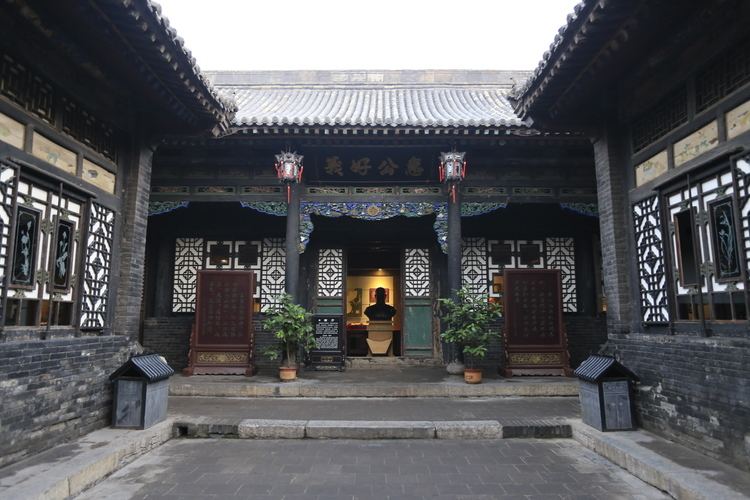 | ||
360 china s first ever bank rishengchang pingyao china
The Rishengchang Exchange Shop (Chinese: 日升昌票号; pinyin: Rì shēng chāng piào hào), located in Pingyao, Shanxi province, China, is considered the first draft bank in China's history. It was founded during the Qing Dynasty (1823). In the nineteenth century, at its peak, it controlled almost half of the Chinese economy and its branches were widespread throughout China's big urbans and capital, Beijing. And in some western and southeastern countries, Rishengchang also owned its branches and offices. A famous Chinese writer named Yu Qiuyu has once stated that Rishengchang is the " rural grandfather " (Chinese: 乡下祖父) of all the modern Chinese banks. The exchange shop is now a museum and in 2006 was included on the List of monuments of the People's Republic of China (6-484).
Contents
- 360 china s first ever bank rishengchang pingyao china
- Rishengchang PiaohaoChinese
- Rishengchang Code Rule
- References
Rishengchang & Piaohao(Chinese: 票号)
During the late Qing Dynasty, a new development occurred: the creation of piaohao (票号), which were essentially banks that provided services like money transfers and transactions, deposits, and loans. After the establishment of the first piaohao in Pingyao, the bankers in Shanxi dominated China's financial market for centuries until the collapse of Qing Dynasty and the arrival of British banks.
Rishengchang Code Rule
In 1824, Rishengchang set up a branch in Taiyuan. The main business was cheques or drafts which called the "tickets" in Chinese. The secrecy of the production and writing of the "tickets" had very strict request and were never allowed to make mistakes. At that time, Taiyuan was the base camp of Shanxi businessmen's distribution and maintenance of goods. In order to work efficiently, Rishengchang introduced the world's most advanced printing technology at that time --- the "watermark" method. So Rishengchang used this method to produce and print the "tickets". Additionally, each "ticket" was stamped with a seal in the key parts. Of course, the amounts and recipients of the "tickets" were strictly controlled.
When the Shanxi traders went to other province and the frontier border transaction station, they always brought the drafts which were written by the professional official in Taiyuan Rishengchang using the ink brush. The handwriting must be simultaneously bulletined and sent to other 51 branches of Rishengchang. Specifically, the drafts were executed with codes --- using Chinese writing to replace numbers and regularly changing the password method in case of the disclosing of confidential information.
